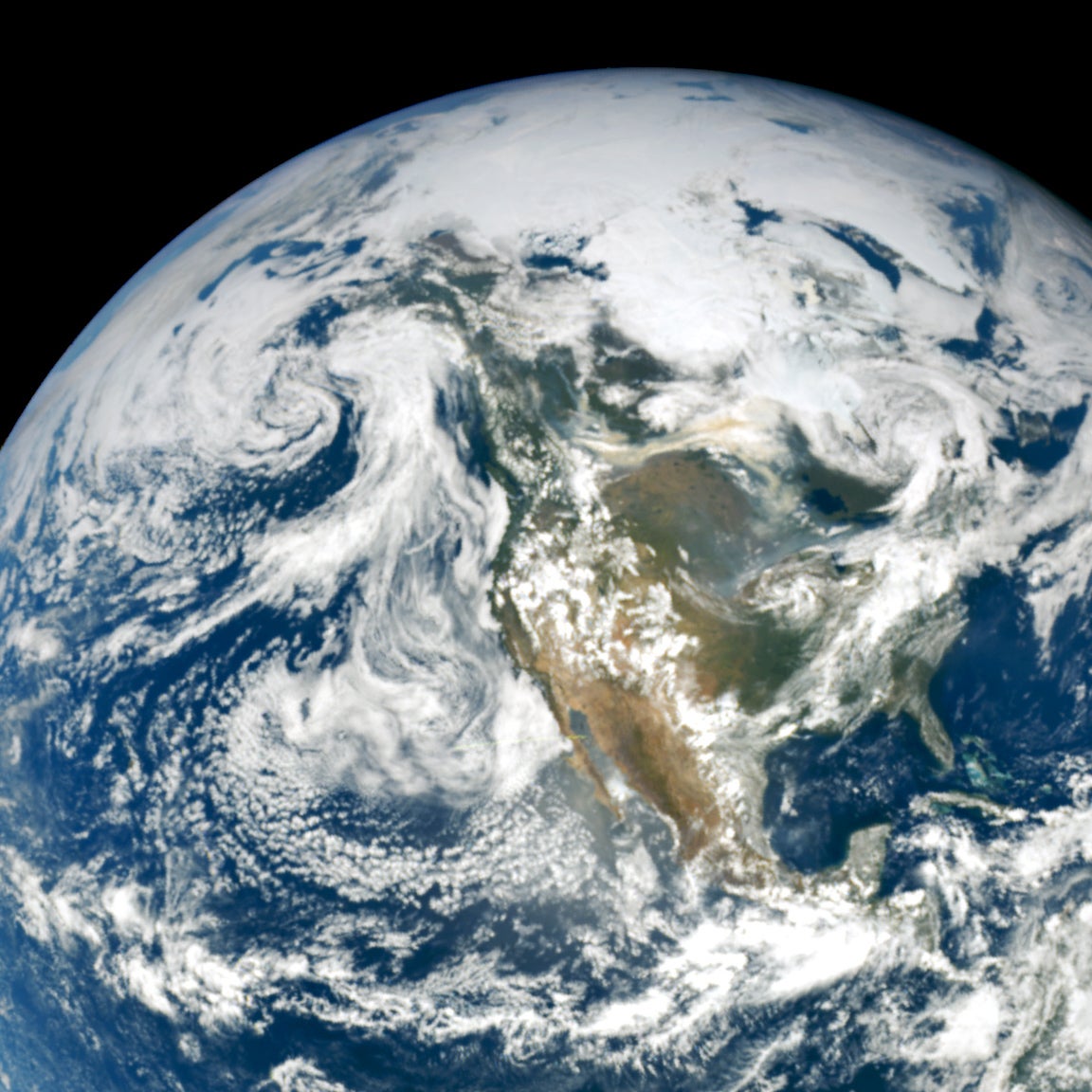Massive fires burning in the Arctic are releasing so much carbon dioxide into the atmosphere right now that theyÔÇÖll make future conditions even warmer and drier. That will lead to even worse Arctic fires, which will release even more carbon into the atmosphere, which will lead toÔÇŽ well, you get the idea.┬á
ÔÇťThe magnitude is unprecedented in the 16-year satellite record,ÔÇŁ Thomas Smith, a researcher at the London School of Economics, told . ÔÇťThe fires appear to be farther north than usual, and some appear to have ignited peat soils.ÔÇŁ
The┬áwarmer, drier conditions are dehydrating vast peat fields across the region. Not only do those represent thousands of yearsÔÇÖ┬áworth of stored carbon, but┬áonce ignited, they can continue to burn underground, even during┬áArctic winters, for years and┬á.
According to , carbon dioxide isnÔÇÖt the only thing we have to worry about. Particulates released into the atmosphere in smoke from the fires can trap heat, magnifying the effects of a warming climate. When those particulates settle onto snow and ice, they decrease their reflectivity, making them┬ámelt faster, contributing to even more warming.┬á
Those same particulates are harmful to human health. Fires in Siberia have already burned over 46,300 square miles this year, and another 11,500 square miles are currently ablaze. Conditions across the region are apparently so bad that some 900,000 residents have signed calling on the Russian government to declare a state of emergency and attempt to extinguish the fires. Such conditions have even captured the attention of President Trump, who reportedly reached out to Vladimir Putin .
The European UnionÔÇÖs┬áatmosphere monitoring service calculates that fires above the Arctic Circle emitted alone (a month before what used to be the start of the typical fire season). That figure┬áis equivalent to SwedenÔÇÖs total emissions for an entire year, and itÔÇÖs more than what was released by June fires in the Arctic between 2010 and 2018 combined.┬á In July, the fires emitted ; double the previous record for a single month, which was set back in 2004.┬á
ÔÇťIt is unusual to see fires of this scale and duration at such high latitudes in June,ÔÇŁ ,┬áMark Parrington. ÔÇťBut temperatures in the Arctic have been increasing at a much faster rate than the global average┬áand warmer conditions encourage fires to grow and persist once they have been ignited.ÔÇŁ
This yearÔÇÖs Arctic megafires are exceeding predictions. ┬áwarned that up to 3,220 square┬ámiles could burn in Alaska each year by 2099. As of July 31, already┬á, and weÔÇÖre only partway through the state's┬áfire season.
Scientists estimate that the Arctic , which these fires are now releasing into the atmosphere. The fear of climate scientists is that, if enough carbon is released, it could create  whereby we transition from a slow increase in global temperatures to a fast one, prompting disastrous results. 
Do these fires herald that┬ámoment? ThereÔÇÖs disagreement in the scientific community. One researcher was prepared to use that phrase . But Thomas Smith┬áwarned against doing so. ÔÇťA tipping point would suggest that the situation is irreversible, which is not the case,ÔÇŁ he told the website. Smith suggests that the term ÔÇťpositive feedback cycleÔÇŁ could be more apt.
Regardless of the terminology, everyone seems to be able to agree on one thing: these fires are only going to get worse. 


